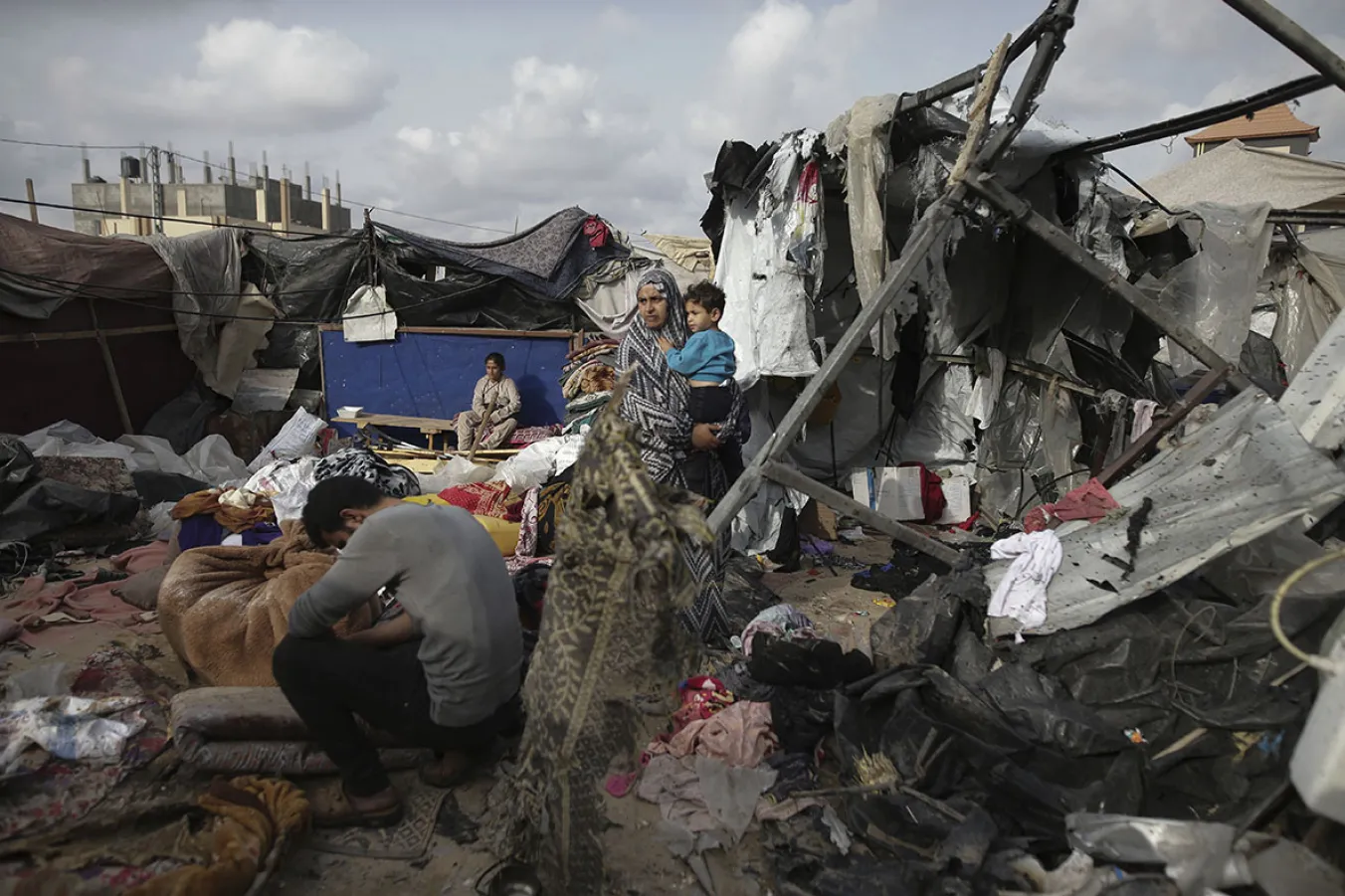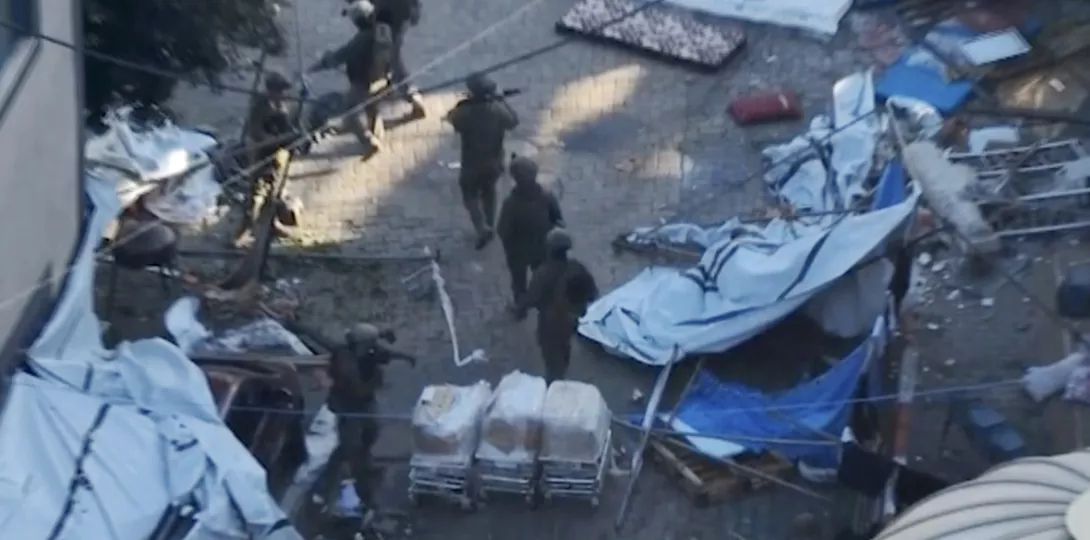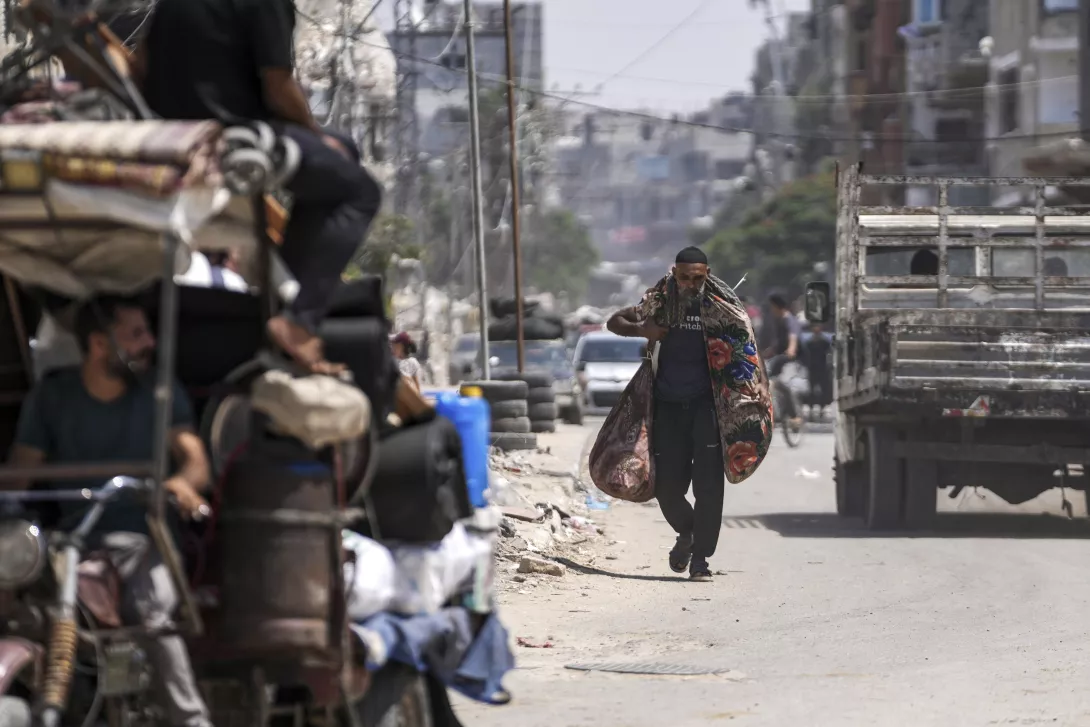
IN 1990, Saddam Hussein’s Iraq invaded its neighbour Kuwait. The war was a quick victory, with fatalities on both sides in the hundreds. However, Iraq’s occupation of Kuwait was grim: resisting Kuwaitis were imprisoned and tortured. Up to 600 Kuwaiti prisoners were killed by the Iraqi occupiers.
But the news was dominated by one story that turned out to be untrue. From 1990 on, many newspapers reported invading Iraqi troops had looted Kuwait’s hospitals; the invaders supposedly took away incubators, leaving between 90 and 300 premature babies to die on the floor.
This terrible crime was reported in every top newspaper, was the subject of hearings in US congress and was referred to by many politicians. Those who raised doubts about the story were attacked by newspapers like the Telegraph.
But the incubator story was untrue. The doubters were proved right after the US led invasion kicked Iraq out in the first Gulf war. It was a propaganda tale promoted by Kuwaitis and picked up uncritically by newspapers and even — to their great embarrassment — Amnesty International.
Hussein was evicted from Kuwait but remained the ruler of Iraq until 2003. He was a despot, who imprisoned, tortured and murdered many dissidents. When the US decided to invade Iraq in the wake of the September 11 attack, one extra-grim story about his torture appeared.
Iraqi exiles in favour of the upcoming invasion circulated a story that Saddam bought an industrial plastic shredder and was feeding prisoners feet-first into the device. The story was picked up by pro-war campaigners.
A headline for a Times story by Labour MP Ann Clwyd promoting an invasion of Iraq on the back of the story read “See men shredded then say you don’t back war.” But while Saddam’s torture and killing were real, there was no evidence for the plastic shredder tale.
Why are these gory but fake stories added to true tales of torture and abuse? Put simply, they are promoted because government spokespeople don’t think that the true story of killings, however bad, is enough to get people to back war, which will inevitably lead to more killings.
The propaganda tales have a visceral quality, an air of savagery, that is designed to appeal to our emotions, and overwhelm people’s judgement: they are promoted to overcome people’s calculation that one set of killings isn’t going to be made better with a much greater wave of killing.
They are used to short-circuit judgement and overcome argument — who wants to be found arguing that these particularly gory acts should be tolerated in any way, even if the result is greater destruction?
Israeli officials seem to have studied the playbook for the Gulf war and Iraq invasion because they are repeating the pattern of propaganda.
Saddam really did torture and kill Kuwaitis and Iraqis, but didn’t evict babies from incubators or kill people with plastic shredders. By the same token, Hamas fighters really did raid Israel and kill around 1,200 people — including many civilians, women and children — in a murderous assault. But Israeli officials have added their own visceral, but untrue tales.
Famously, Israeli ministers and diplomats regularly claimed that Hamas “beheaded 40 babies,” and newspapers duly repeated some variant of this story as a fact — sometimes the babies were “beheaded,” sometimes, as with the Times, it was “40 babies having their throats cut.”
Simple maths showed this story was not true: Hamas fighters did indeed kill around 40 children — mostly of primary and secondary school age. One, or possibly two babies were also killed. But there were not 40 mothers missing their babies, so Hamas could not “behead 40” of them.
Forty children killed is a terrible toll by itself, so why would anyone inflate the story in this gory manner? Because very few people would be convinced that the correct answer to Hamas fighters killing 40 Israeli kids is IDF bombs killing 4,000 Palestinian kids. The point of the shocking “beheading” tale is to overcome the brutal maths of war.
Simple numbers should have meant the newspapers could see the tale was untrue from the start. Instead, it has taken brave reporting from Israel’s Haaretz newspaper to show that the story was false. Haaretz also showed other gory stories of Hamas atrocities — like a pregnant woman being killed and her baby cut from her womb, or a baby being killed in an oven — were also fake.
There is a real, and terrible story about the Hamas raid, so why embroider it with these gory tales? Sometimes their origin is in the garbled responses of genuinely shocked “first responders” including non-professional charity workers who went to the scene of the Hamas massacres.
But these have been picked up and passed on by Israeli embassies, ministers and officials. They know that they are having trouble justifying the huge death toll in Gaza, so hope these sensationalist stories will grab headlines and emotions.
The stories are being used to either try to win an unwinnable argument, or just fill the political space with disgust and despair so people are put off thinking about the issue at all.
You might hope that newspaper and broadcast journalists might remember the propaganda from the Gulf war or the Iraq invasion, or the many historic examples before that. Veteran journalist Philip Knightley wrote a whole book about it, The First Casualty: The War Correspondent as Hero and Myth-Maker from the Crimea to Iraq, which every journalist should read.
When a story sounds like a Hollywood horror film — or in the case of “secret underground bases under hospitals,” like a James Bond movie — it doesn’t mean it is made up. Horrible and bizarre things can be true. But wartime tales that have these melodramatic qualities do need to be examined for evidence.
Unfortunately, that’s not how much of the media works. No journalists were penalised for promoting previous propaganda tales, while those who tried to debunk them were not always celebrated. For all the media’s obsession with the danger of “fake news,” there isn’t always a strong incentive to uncover it.
Follow Solomon Hughes on X at @SolHughesWriter.















